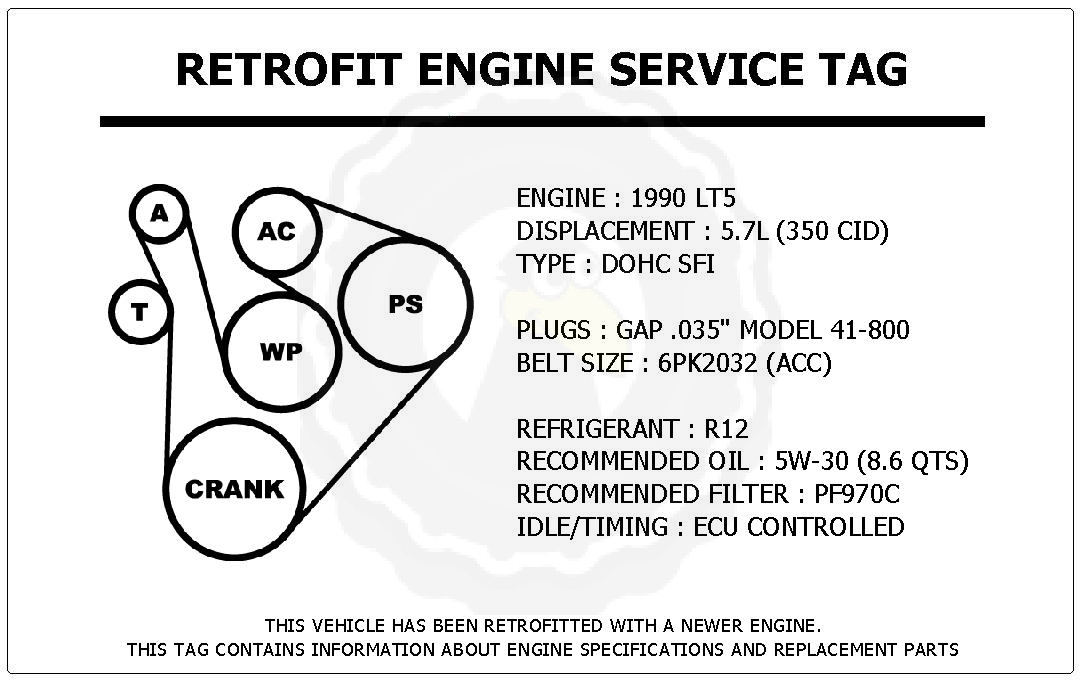Accessing the correct belt routing for your 5.7L Chevy 350 engine is essential to prevent slippage, overheating, and system failures. Below, we provide a clear, step-by-step description of the common serpentine belt routing configuration. Always consult your vehicle's service manual for model-specific details, as variations exist based on year and accessory options.
Standard Serpentine Belt Routing Description
For most 5.7L Chevy 350 engines, the serpentine belt follows a specific path to drive key components. It is routed in a continuous loop, requiring precise tension to maintain efficiency. Here's a typical routing sequence:
- Start at the crankshaft pulley (center bottom).
- Run over the top of the water pump pulley (driver's side).
- Move to the alternator pulley (passenger side, top position).
- Wrap around the power steering pump pulley (driver's side, below alternator).
- Finish at the idler pulley or tensioner assembly (varies; often on passenger side to route back to crankshaft).
Key Components and Tips
Ensure all pulleys align correctly and are free of debris. Use a belt routing diagram sticker under the hood if available, or sketch it yourself for reference. Critical reminders:

- Always install with the ribbed side facing pulleys.
- Adjust tension using the automatic tensioner; too tight causes wear, too loose leads to slippage.
- For older V-belt setups (less common), routes may include separate belts for alternator and A/C.
This guide covers the most widespread setup—verify against your engine before installation to avoid misalignment.
